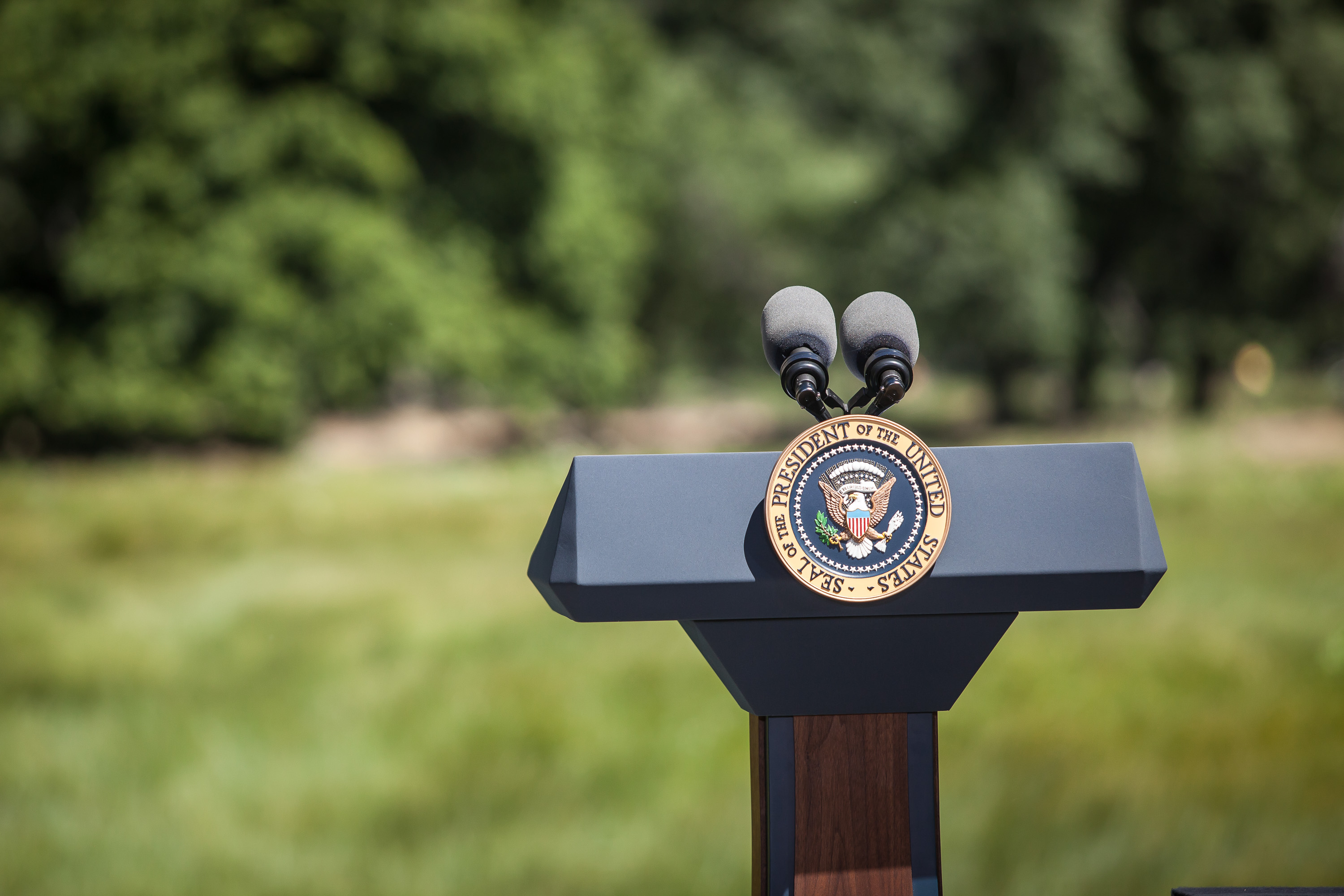If you’ve looked at the news over the past few days, you have likely been inundated with stories about the Trump Administrations’ first 100 days in office. The Administration has taken a number of steps that will impact the public-sector workforce. For this week’s DorobekINSIDER, we wanted to highlight a few things that happened in the first 100 days that you should be aware of.
Here are four things that have taken place in the first 100 days of the Trump Administration that will have the biggest impact on government employees:
- Filling appointed positions. When it comes to filling his cabinets, President Trump still has a lot of open positions. However, the good news is that many govies have openings to look forward to. Out of the nearly 1,100 secretary, deputy secretary, assistant secretary, chief officers, and general counsel positions there are currently only 58 nominated appointees. Of that 58, the Administration has won approval from the senate of 25 appointees. The lack of leadership throughout the federal workforce is challenging however, career civil servants can remain diligent and keep driving the mission no matter who is helming their agency and departments.
- Hiring freeze. As promised, Trump’s hiring freeze ended on April 12 when the Office of Management and Budget (OMB) issued a new memo titled “Comprehensive Plan for Reforming the Federal Government and Reducing the Federal Civilian Workforce.” Per the memo, agencies will have to work with OMB this summer to create reform plans that outline how they will improve, consolidate or eliminate business processes. Read more about how this reshaping of agencies will affect communication and federal IT here and here.
- All other executive actions. Since he got into office, Trump has signed 78 executive actions, which include executive orders, presidential memorandums and proclamations. While the hiring freeze order was most significant to the federal workforce, many of his executive actions do have an impact on the government. These include the executive order that revokes President Obama’s fair pay and safe workplace orders, the memorandum outlining his first budget and his executive order reorganizing the executive branch.
- “One in, two out” deregulation rule. Trump’s new regulatory scheme came early in his first 100 days in the form of an executive order. The order sets forth a scheme in which any additional regulation under consideration by the federal government can only be approved if two existing regulations are removed. The goal of the executive order is to reduce excessive spending and control the federal budget by deregulating certain parts of the government.
What issues in the first 100 days did you find most pressing to the government workforce? Leave your thoughts in the comments!





Leave a Reply
You must be logged in to post a comment.